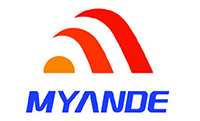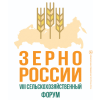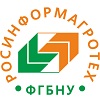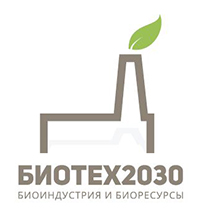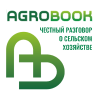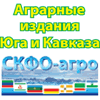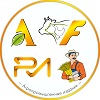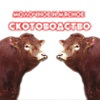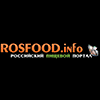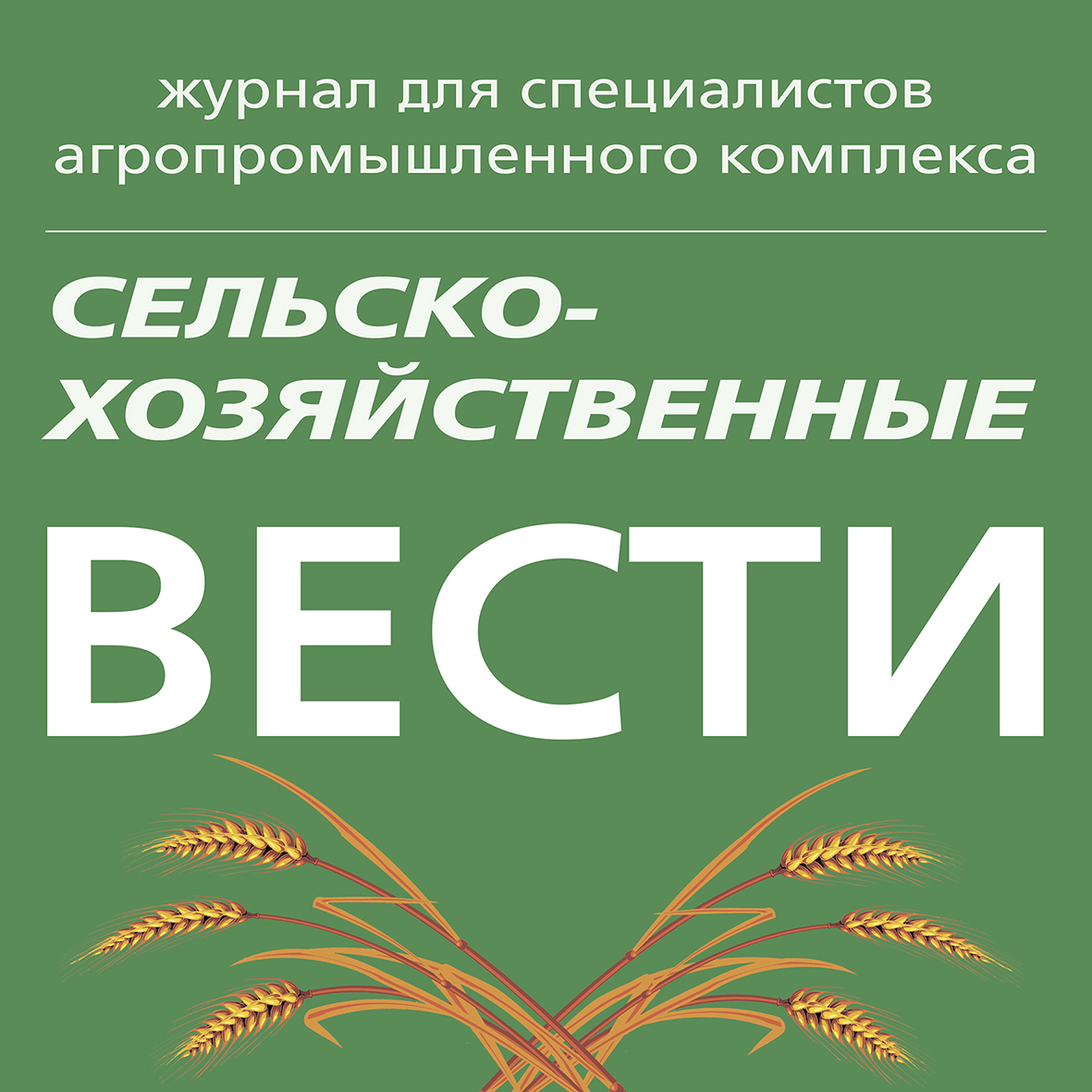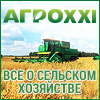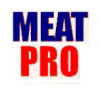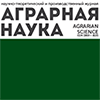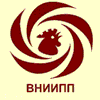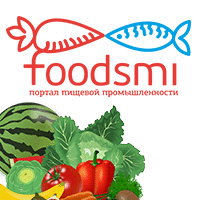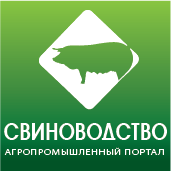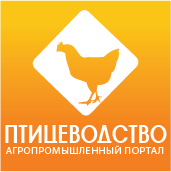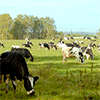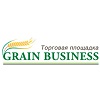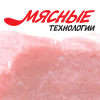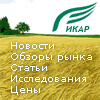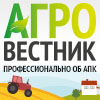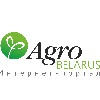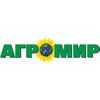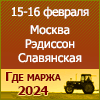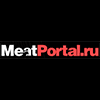Gas guzzlers: Feeding farmed salmon with protein made from methane
02.06.2016 09:50:29
Gas guzzlers: Feeding farmed salmon with protein made from methane
Apr 25th 2015 | From the print edition
Timekeeper
SOMETHING called Methylococcus capsulatus might not sound an appetising ingredient for a meal. Methylococcus is a methanotroph, a bacterium that metabolises methane. Fortunately, salmon are not fussy eaters. They will happily consume pelletised protein made from these bugs. And that could be handy for fish farmers-at least it will be if Alan Shaw, boss of Calysta, a biotechnology firm in Menlo Park, California, has anything to do with it. For Dr Shaw proposes to take advantage of the rock-bottom price of methane, a consequence of the spread of natural-gas fracking, to breed Methylococci en masse as a substitute for the fish-meal such farmers now feed to their charges.
The idea of using methanotrophs as fish food was invented by Statoil, a Norwegian oil and gas company. Calysta bought the technology in 2014, and has been refining it since then. Crucially, from a business point of view, the EU and Norway have already approved the use of Methylococcus-based fish food. Though America has yet to follow suit, this means there is a large available market for the stuff.
Normally, when developing a bacterium-based biotechnology, the researchers involved modify their bug's genes to increase yields. Dr Shaw has eschewed that path because of the fears (irrational, but nevertheless not conducive to business) that genetic modification provokes. Instead, Calysta has concentrated on making the lives of its bacteria as comfortable as possible. The internal geometry of the reactors in which they live is designed to keep them in constant contact with enough methane to grow, enough air to respire and enough ammonia to provide the nitrogen which, along with the carbon and hydrogen in the methane, is a fundamental building block of the amino acids from which proteins are made.
Nor are the Methylococci alone. The reactors actually contain a mini ecosystem that includes other species of bacteria, known as heterotrophs, which mop up metabolic products that would otherwise slow Methylococcus's growth. These products are mostly the result of Methylococcus consuming things other than methane (ethane, propane and so on) that are minor components of raw natural gas. Adding heterotrophs to the mix means Calysta can be less fussy about exactly which sources of natural gas it uses to feed its bugs.
At the moment, the world produces about 5m tonnes of fish-meal a year, a number that has been constant for four decades and is limited by the size of the Earth's fisheries. Demand, however, is growing at 6-8% a year, putting pressure on prices. This has led some fish farmers to adopt soya-based substitutes. These, though, can inflame the fishes' guts. That, Dr Shaw says, is not a problem with Calysta's product.
Advertisement
Dr Shaw seems confident Calysta's system, which should turn out more than 8,000 tonnes of bacterial fish food a year per reactor, can do so at a cost well below the $2,000 a tonne at which fish-meal now sells-and that it will be available commercially by 2018. If this comes to pass, not only will it help fish farmers, but it may also relieve pressure on wild fish stocks in the world's oceans.
From the print edition: Science and technology


